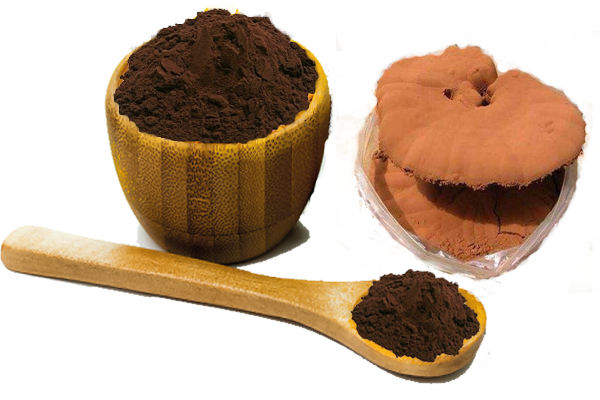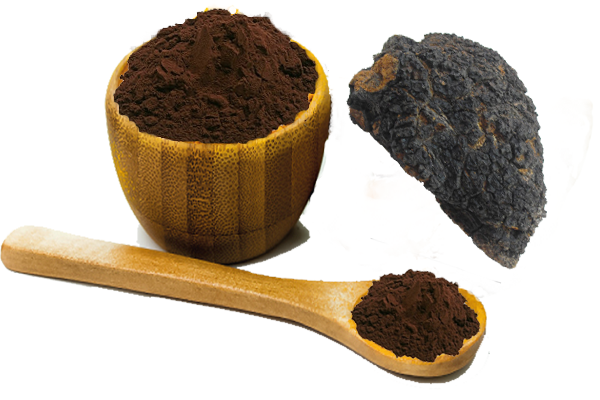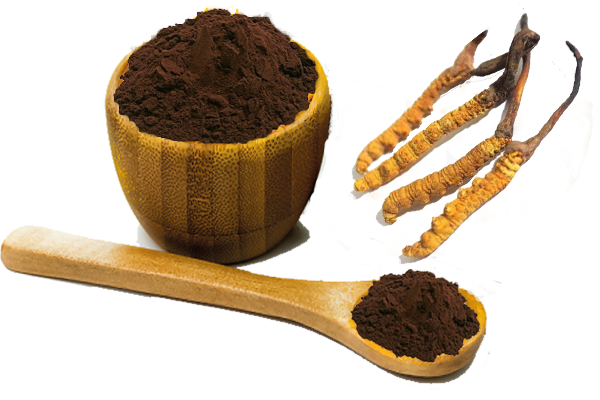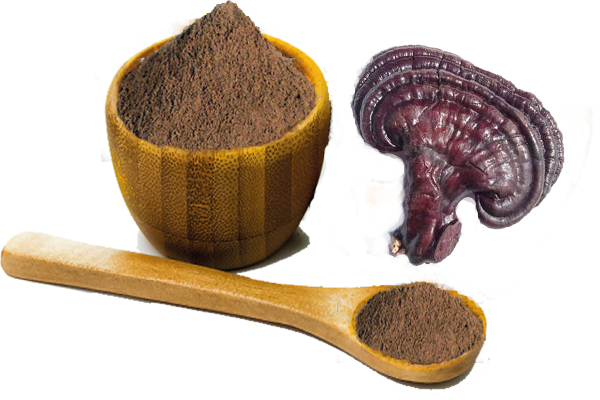
Pleurotus Ostreatus Extract
MIGU supplied Pleurotus Ostreatus Extract polysaccharide 10%,20%,30%,40%,50%; refined powder and OEM service with analysis meets the EP, USP, JP, CP.....
Organic Pleurotus Ostreatus Extract 10%, 20%, 30%, 40%, 50% polysaccharide by UV, concentrated powder and super fined powder offered by 17 years experienced cGMP manufacturer with warehosues in China–MIGU
Latin Name: Pleurotus ostreatus (Jacq.) P. Kumm
Material Original: ZheJiang, China
Extracted Part: Mycelium& fruiting body
Supported Purity: Polysaccharide10%~50%,4:1~30:1
Basic Information of Pleurotus Ostreatus Extract specification from MIGU
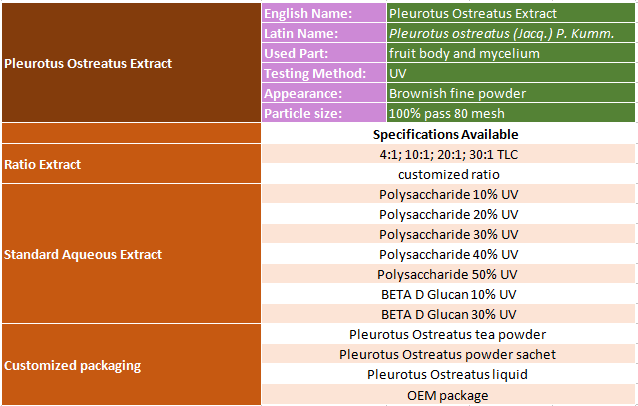
Pleurotus Ostreatus Extract History
Pleurotus ostreatus,the Oyster Mushroom,occurs throughout Britain and Ireland as well as in most parts of
mainland Europe.It is also widely distributed throughout much of Asia,including Japan,and is present in parts
of North America.Several similar species within the Pleurotus genus are often confused,and so distribution
data for individual species in this complex group are inevitably subject to some uncertainty
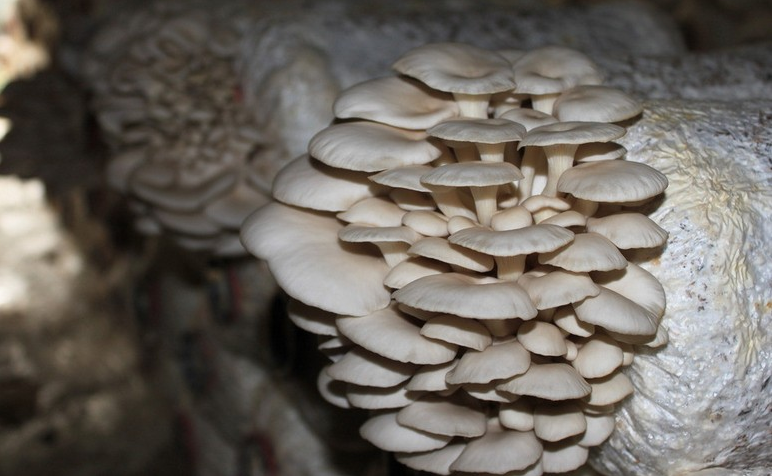
The Oyster Mushroom was first described scientifically in 1775 by Dutch naturalist Nikolaus Joseph Freiherr
von Jacquin(1727-1817)and named Agaricus ostreatus.(In the early days of fungus taxonomy most of the
gilled mushrooms were included in the genus Agaricus.)In 1871 German mycologist Paul Kummer transferred
the Oyster Mushroom to the genus Pleurotus(a new genus that Kummer himself had defined in 1971),giving
it its currently accepted scientific name.
Synonyms of Pleurotus ostreatus include Agaricus ostreatus Jacq.,Crepidopus ostreatus(Jacq.)Gray,and
Pleurotus columbinus Quel.The blue-grey-capped form of this mushroom is referred to by some authorities
as Pleurotus ostreatus var.columbinus(Quel)Quel.
Pleurotus Ostreatus Extract Origin –Cultivated&100% Natural !!!
Pleurotus ostreatus is the second most cultivated edible mushroom worldwide after Agaricus bisporus.It has
economic&ecological values and medicinal properties.Mushroom culture has moved toward diversification
with the production of other mushrooms.Edible mushrooms are able to colonize and degrade a large variety
of lignocellulosic substrates and other wastes which are produced primarily through the activities of the
agricultural,forest,and food-processing industries.Particularly,P.ostreatus requires a shorter growth time
in comparison to other edible mushrooms.Substrate used for their cultivation doesn’t require sterilization
only pasteurization,which is less expensive.Growing oyster mushrooms convert a high percentage of the
substrate to fruiting bodies,increasing profitability.P.ostreatus demands few environmental controls,and
their fruiting bodies are not often attacked by diseases and pests,and they can be cultivated in simple and
cheap way.All this makes P ostreatus cultivation an excellent alternative for production of mushrooms when
compared to other mushrooms.
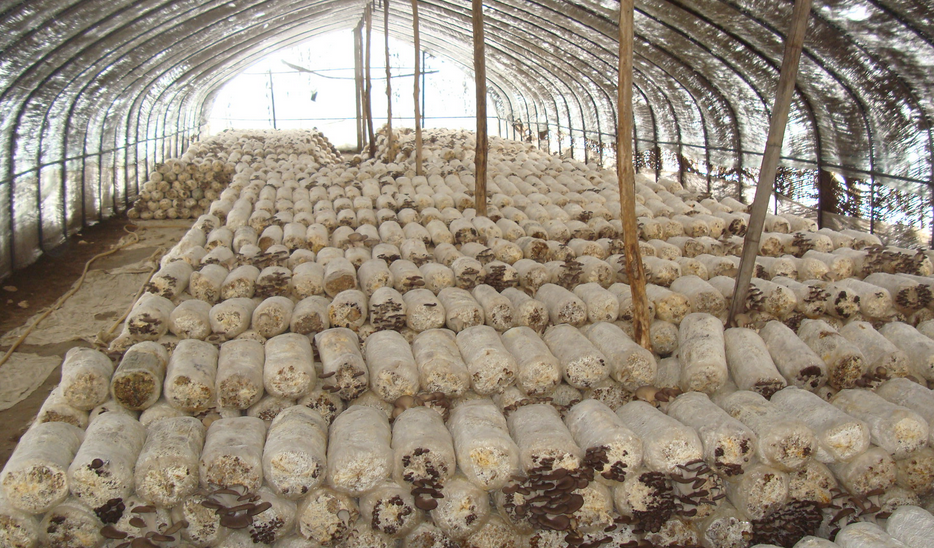
According to edible mushroom(dry)contain about 19-40%protein;that is its protein content is twice that of
vegetable and four times that of oranges,and they are rich with vitamins,and minerals,less percent of
unsaturated fatty acid and carbohydrate which makes it so ideal for diabetic and the obesity patient.Most
mushroom has exceptional medicinal potentials and properties;curative and prophylactic especially in
diseases such as high blood pressure,asthma,respiratory tracts infection,anaemia,hepatitis,cancer,tumour
Pleurotus Ostreatus Extract benifits:
Thousands of years as culinary and medicinal ingredient.The white mushrooms resemble oysters,and can be
found growing in the wild on dead trees or fallen logs.They have rich history in traditional Chinese medicine
from as early as 3,000 years ago,particularly as a tonic for the immune system,according to acupuncturist
Christopher Hobbs,author of”Medicinal Mushrooms.”
The Oyster Mushroom has statins and lovastatins that help in lowering cholesterol in the body.Cholesterol as
a word was formed from the Greek language.Chole means bile;stereosmeans solid;and ol is a suffix derived
from the word alcohol.
The body has 2 types of cholesterol the good and the bad.The good cholesterol is high density lipoprotein
HDL,while the bad cholesterol is the low density lipoprotein,LDL.It is possible to know the level of each
through a blood test LDL is deemed bad because as it moves along with the blood,it leaves deposits on the
walls of blood vessels.Gradually it forms a kind of plaque that narrows down the blood vessels.This condition
is called atherosclerosis. Should there be blood clot within the narrowed vessels then the person is likely to
suffer a heart attack or even a stroke.
HDL,on the contrary is thought to clear some of the LDL ferrying it to liver for disposal.The Oyster Mushroom
has lovastatin,a cholesterol lowering agent.It is in the category of drugs called statins.Lovastatins were
identified in the1970s.In1982,tests on high risk patients proved successful and in1987 the US FDA approved it
Medics,particularly the American Heart Association recommend that people should have cholesterol check.
The association says it is important that every person over 20 years of age has a Lipid Profile.This is a simple
blood test to establish level of bad cholesterol in the blood.A person going for the cholesterol check need
to fast for a period of between9-12hours to ensure that the fat picked up is really the one established in the
blood.
The Oyster Mushroom also has some bacteria fighting substances.In 1950,pleuromutillin,an antibiotic
developed from the mushroom,was found to kill various bacteria including the bacterium salmonella.
Pseudomonas is another bacterium that pleuromutillin was able to wipe out.A more recent research,Stamet
2005)found that Pleurotus ostreatus,which are extracts from the Oyster Mushroom,are able to weaken the
bacteria Staphylococcus aureus and Escherichia coli.From a concentration of 100 000 000 per millilitre,the
bacterial concentration dropped to a mere 1 000 per millilitre within a span of 24-72 hours.
The Oyster Mushroom has the scent of anise because it has benzaldehyde.Benzaldehyde is organic compound
which is widely sought for industrial use.Martres,a Frenchman and pharmacist,was the first to extract this
compound from a natural plant.He did that in1803.Thereafter,in 1832,two German chemists,Friedrich Wohler
and Justus von Liebig,synthesized it.Because of its nice scent,pharmaceuticals use it a lot.
References :
1.Chang, Shu-ting; Miles, Philip G. (2004). “Pleurotus – A Mushroom of Broad Adaptability”. Mushrooms: cultivation, nutritional
value, medicinal effect, and environmental impact (2nd ed.). CRC Press. pp. 315–325. ISBN 978-0-8493-1043-0.
2.Paul Stamets (2005). Mycelium Running. Berkeley, California: Ten Speed Press.ISBN 978-1-58008-579-3. OCLC 262557556.
3.Cohen,R.; Persky,L.;Hadar, Y. (2002). “Biotechnological applications and potential of wood-degrading mushrooms of the genus
Pleurotus” (PDF). Applied Microbiology and Biotechnology 58 (5): 582–94. doi:10.1007/s00253-002-0930-y.PMID 11956739.
4.πλευρή, Georg Autenrieth, A Homeric Dictionary, on Perseus
5.οὖς, Henry George Liddell, Robert Scott, A Greek-English Lexicon, on Perseus
6.Marcel Bon. The Mushrooms and Toadstools of Britain and North-Western Europe. Hodder & Stoughton. ISBN 0-340-39935-X.
7.Knudsen, Henning; Jan Vesterhout (2008). Funga Nordica. Copenhagen: Nordsvamp. p. 321.
8.Hibbett, D. S.; Thorn, R. G. (Sep–Oct 1994). “Nematode-Trapping in Pleurotus tuberregium”. Mycologia 86 (5): 696–699.doi:10.2
307/3760542. JSTOR 3760542.
9.Barron, GL; Thorn, RG (1987). “Destruction of nematodes by species of Pleurotus”. Canadian Journal of Botany 65 (4): 774–778
doi:10.1139/b87-103.
10.Thorn,R. Greg;Moncalvo,Jean-Marc;Reddy,C. A.;Vilgalys, Rytas (Mar–Apr 2000).”Phylogenetic Analyses and the Distribution of
Nematophagy Support a Monophyletic Pleurotaceae within the Polyphyletic Pleurotoid-Lentinoid Fungi”.Mycologia 92(2):241–252
doi:10.2307/3761557. JSTOR 3761557.
11.Oyster Mushroom
12.(1986). The Agaricales in Modern Taxonomy (4th ed.). Koenigstein Königstein im Taunus, Germany: Koeltz Scientific Books.
ISBN 3-87429-254-1










